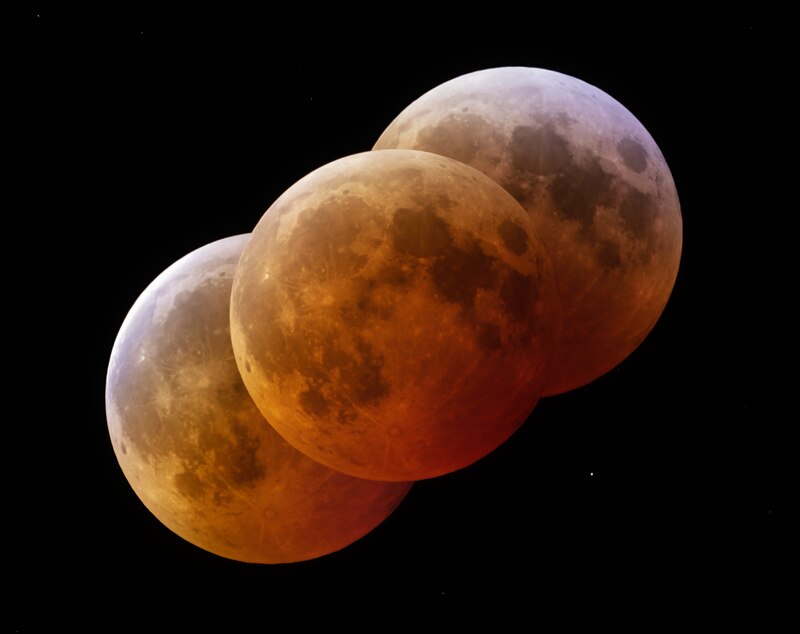Lunar Eclipse Captivates Observers at Cerro Tololo Observatory

On July 18, 2025, a stunning lunar eclipse unfolded over the U.S. Naval Observatory's Deep South Telescope located in Chile, captivating astronomers and skywatchers alike. The event provided a breathtaking display of vibrant orange and green hues in the night sky, which was further enhanced by the unique positioning of the moon during the eclipse. This celestial phenomenon occurred when the Earth positioned itself directly between the sun and the moon, resulting in a total blockage of sunlight and casting a shadow on the lunar surface. According to the National Optical-Infrared Astronomy Research Laboratory (NOIRLab), this alignment is a rare occurrence, historically observed since ancient times and termed a 'saros,' with cycles repeating approximately every 18 years and 11 days.
The Cerro Tololo Inter-American Observatory (CTIO), situated 310 miles north of Santiago, Chile, at an altitude of 7,200 feet, operates both the Deep South Telescope and the DIMM2 seeing monitor. These facilities are vital for astronomical research in the southern hemisphere, allowing scientists to explore the intricate structures of the universe. Dr. P. Horálek, an astrophysicist at the Institute of Physics in Opava, emphasized the significance of such events for both scientific inquiry and public engagement with astronomy. The recent lunar eclipse was not only a spectacle for the eyes but also a valuable opportunity for researchers to study the behavior of light during such phenomena.
Lunar eclipses have fascinated humanity for millennia. The last total lunar eclipse visible from Chile prior to this event occurred in 2022, prompting significant public interest and participation in viewing events. According to Dr. Sarah Johnson, an expert in celestial phenomena and a researcher at the University of California, Los Angeles, 'Lunar eclipses serve as a reminder of our place in the cosmos, and they invite everyone to look up and appreciate the beauty of the universe.' The recent eclipse's vivid coloration and clarity were attributed to atmospheric conditions, which can enhance the visibility of celestial events.
The implications of such celestial events extend beyond mere observation. They foster scientific discourse and inspire educational initiatives aimed at increasing public interest in astronomy. Organizations like NOIRLab are pivotal in this regard, often conducting outreach programs that educate the public about the significance of astronomical events and the science behind them.
Looking ahead, the next lunar eclipse visible in the southern hemisphere will occur in 2026, promising another opportunity for enthusiasts and researchers alike to engage with the night sky. As technology advances and telescopic capabilities improve, the potential for new discoveries during such events continues to grow. The excitement surrounding the July 18 eclipse exemplifies the enduring human fascination with the cosmos and the ongoing quest for knowledge about our universe.
Advertisement
Tags
Advertisement





